摘要
随着计算机网络和Internet的普及,运用先进的管理信息系统及软件开发平台,对信息进行管理,已经成为物流业信息系统的发展趋势。虽然国内大多数物流中心已采用信息化技术来应对繁杂的管理工作,但其应用情况并不尽人意。因此,为有力推动现代物流业的全面发展,基于WEB的物流网站急需研究和实现。
本文作者开发了一个基于用友财务软件的进行日常业务管理的仓储管理系统。该系统以VS2008为主要开发工具,与后台数据库Microsoft SQL Sever 相连接,建立B/S(游览器/服务器)数据库应用系统。该系统主要包括基础设置、业务处理、系统管理、业务支持、等四大功能模块。
论文共分六章,主要介绍该仓储管理系统的分析、设计及实现。
第一章首先阐述了选题背景与研究意义,分析仓储管理系统的研究现状以及存在的一些问题,再简单介绍作者的研究内容及所做的主要工作和本文结构。
第二章首先分析系统的设计目标,接着分析了系统功能需求分析,系统可行性分析,并根据需求分析建立业务模型。
第三章首先简单介绍了系统总体功能模块设计,接着详细分析与设计前后台的功能模块。
第四章对该系统的数据库进行了设计,给出了实体关系图和关键数据表。
第五章对系统的运行实例进行简单的介绍,并对系统实现的技术进行说明。
第六章对全文进行了总结,并指出了今后需要进一步研究的地方。
关键词:仓储管理系统;软件开发
Abstract
With the popularization of computer network and Internet, using advanced management information system and software development platform of information management, has become the development trend of the logistics information system. Although domestic most logistics center have adopted information technology to deal with complex management work, but its application and unsatisfactory. Therefore, vigorously promote the all-round development of modern logistics industry, the logistics based on WEB site urgent need to study and implementation.
For this thesis, I developed an application system for managing the daily route work of warehousing to the User’s Friend Finance and Accounting Software. This application system is based on Browser /Server architecture, using VS2008 and Sql Server2000 as development tools. This system mainly include base Settings, business process, system management, business support, and so on four big function modules.
The article is divided into six chapters, mainly introducing the Warehouse Management System analysis, design and implementation.
Chapter I have explained the background of the selected title and research meaning at first, have analyzed the research current situation of WMS and some problems existing, and then introduce the author's research contents, groundwork done and this text structure briefly.
Chapter II analyze the design objects of WMS, market at first, then has analyzed WMS’s function demand analysis, WMS's feasibility analysis, and set up business model according to demand analysis.
Chapter III have introduced the overall function module of WMS to design briefly at first, and then have detailed analysis and designing the function module of the front and back platform.
Chapter IV have discussed the database design of this website, and provides the entity relationship picture and key data sheet.
Chapter V have analyses the running examples of the WMS, and has explained the heavy difficult point technology that WMS realize briefly.
Chapter VI all achievements of the thesis are summarized and the future research work is sketched out.
Keywords:warehousing management system; software development
毕业设计主要内容与结构
通过上述研究和分析,可以明确本论文的整体框架。
第一章 对仓储管理系统的研究背景、目的、研究现状和内容进行了阐述,这是程序设计意义所在。
第二章 对仓储管理系统的设计目标和设计原则进行了介绍,强调了该系统的功能需求,并对系统进行了可行性分析,使用UML图对系统业务进行建模,最后分析了内容管理系统的总体流程图。
第三章 根据需求分析设计了系统的总体功能模块,并指出了系统的业务流程,设计了系统的总体需求模型。
第四章 对仓储管理系统数据库进行了设计,给出实体关系图和关键数据表。
第五章 主要展示了仓储管理系统的最终成果,介绍了系统核心功能和流程的界面。
第六章 对仓储管理系统进行了总结,叙述了毕业设计当中遇到的主要问题和解决途径,并对后续工作进行了展望。
仓储管理系统功能需求
在系统管理方面
1.提供角色管理功能,将系统权限与用户分开,权限与角色对应。
2.提供系统信息管理,记录用户访问信息。
在系统功能方面
1.内容信息查询:该模块提供了内容信息查询功能,输入待查找的内容及选定分类信息可以快速地找到符合条件的内容,并输出查询结果。
2.内容信息管理:该模块负责分页罗列相关的信息,管理员可以对该条内容进行修改、删除操作。
3.内容信息的录入和修改:管理员录入所需要的内容,同时从登录模块得到用户名,这些信息将被写入数据库中保存。
4.用户管理:对已经注册的用户进行修改,删除操作。
5.其他管理:其他管理包括费用结算、统计分析等管理,这些功能能够更好的满足客户的需求。
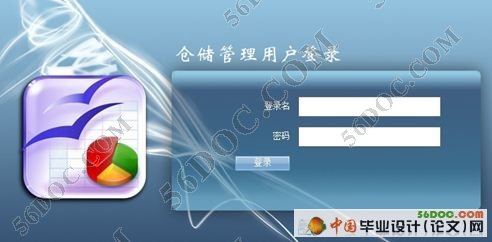
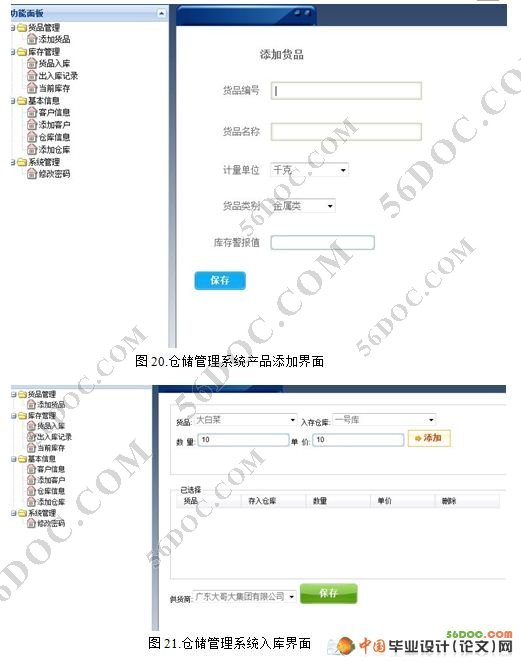
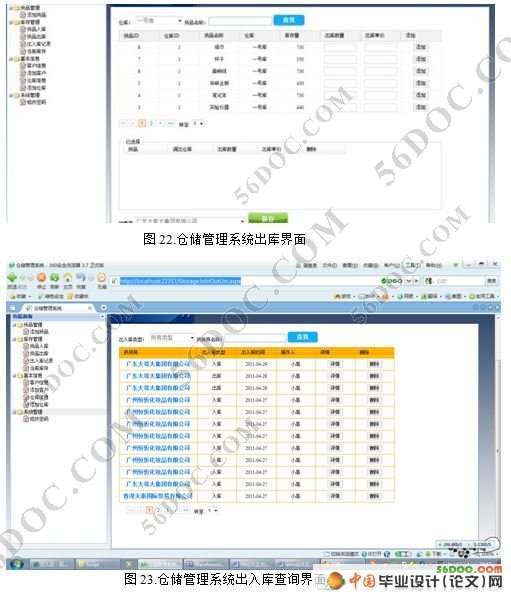
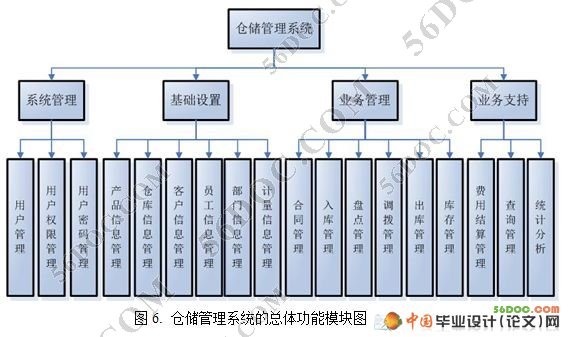
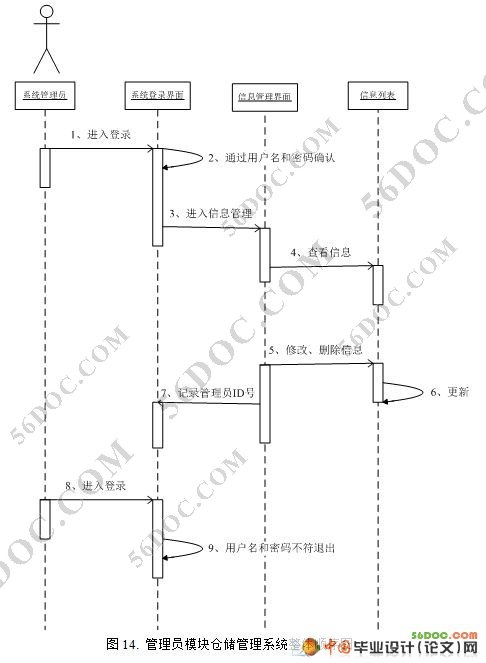
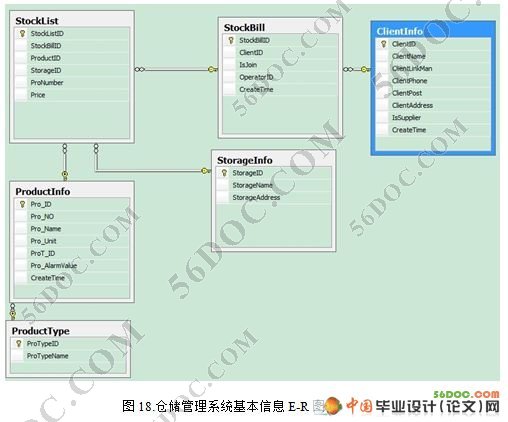
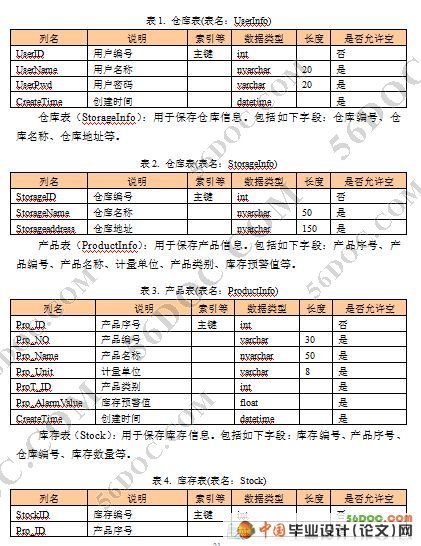
目录 15000字
摘要 I
Abstract II
引言 1
第一章 绪论 1
1.1 研究背景与意义 1
1.2 相关概念 2
1.3 相关研究与现状 3
1.3.1 国外现状 3
1.3.2 国内现状 3
1.4基于Web的仓储管理系统开发待解决的问题 4
1.5毕业设计主要内容与结构 5
第二章 系统分析 6
2.1仓储管理系统设计目标、设计原则 6
2.2仓储管理系统功能需求、功能特点以及系统可行性分析 6
2.2.1 仓储管理系统功能需求 6
2.2.2 仓储管理系统功能特点 7
2.2.3 仓储管理系统可行性分析 7
2.3内容管理系统业务模型 8
2.3.1仓储管理系统角色分配模型 8
2.3.2仓储管理系统需求模型 9
2.3.3仓储管理系统总体流程图 10
第三章 仓储管理系统功能设计 12
3.1内容管理系统总体模块划分 12
3.2各功能模块的具体介绍 13
3.2.1.系统管理功能具体介绍 13
3.2.2.基础设置功能具体介绍 13
3.2.3.业务管理功能具体介绍 14
3.2.4.业务支持功能具体介绍 15
3.3内容管理系统详细模块设计 16
3.3.1前台用户模块流程图 16
3.3.2 管理员模块整体顺序图 18
3.4系统部分功能模块图的设计 19
3.4.1用户权限设置活动图 19
3.4.2产品信息操作活动图 19
3.4.3内容查询活动图 20
第四章 仓储管理系统主要数据库设计 22
4.1仓储管理系统ER图 22
4.2详细的数据表设计 22
第五章 仓储管理系统实现 25
5.1开发运行环境 25
5.2系统后台运行实例 25
5.2.1设置数据库连接信息 25
5.2.2登陆界面 26
5.2.3产品添加界面 27
5.2.4产品入库界面 28
5.2.5产品出库界面 31
5.2.6产品出入库查询界面 34
5.2.7用户修改密码界面 35
第六章 总结和展望 38
6.1 总结 38
6.2 展望 38
参考文献 39
致谢 41
附录一 部分源程序代码 42
附录二 部分数据表结构 46
|















